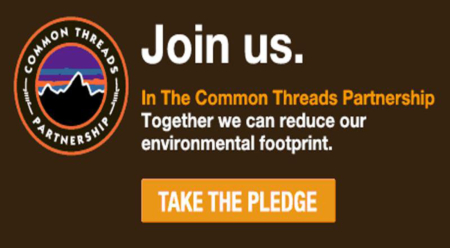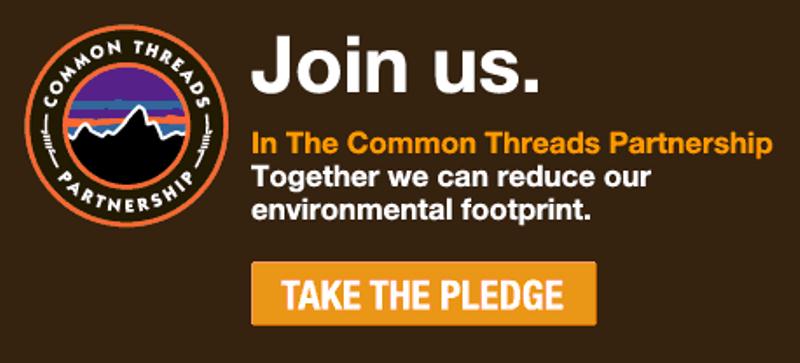Solutions Series, Part 2: Solutions in Our Communities
In 1968, high jumper Dick Fosbury set an Olympics record by rejecting the standard “straddling” technique – one leg, then the other – in favor of flinging his whole body up and over the bar, head first and backwards. At first track and field officials tried to ban the awkward move dubbed the Fosbury Flop, but it was so effective that soon almost all high jumpers used it, as they still do today. The Flop was not a transactional solution aimed at tweaking the conventional way of doing things, but a transformational solution that changed how the game was played.
To make changes on the scale needed to address the severity of today’s environmental, economic and social crises, we have to change the rules of the game on three levels: in our governments, in our businesses and in our communities. Our communities are a good place to start: They’re close to home; the solutions are usually easier to achieve than trying to make change at the international, national or even state levels; and the emotional and social rewards are more immediate.
Community is more than just another word for neighborhood. A true community is a group of people united not just by location but by common interests, values and goals. The key is connection – more precisely, interconnection, the degree to which members of a community share, help and depend on each other. But in recent decades, that connection has eroded to an alarming degree.
Since the publication of Robert Putnam’s Bowling Alone, the book’s title has become shorthand for the disturbing fact that today Americans “sign fewer petitions, belong to fewer organizations that meet, know our neighbors less, meet with friends less frequently, and even socialize with our families less often.” The good news, Putnam shows, is that engaging in community – knowing your neighbors, joining a civic club, working on a local political campaign, and yes, even forming bowling leagues – adds tremendously to our sense of well-being. Getting involved in our communities strengthens the social fabric, nurtures a sense of purpose and increases our actual and perceived security.
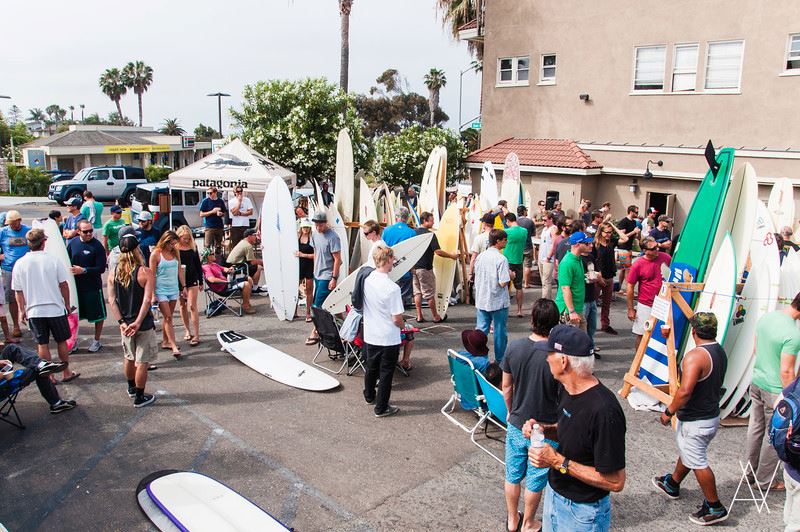
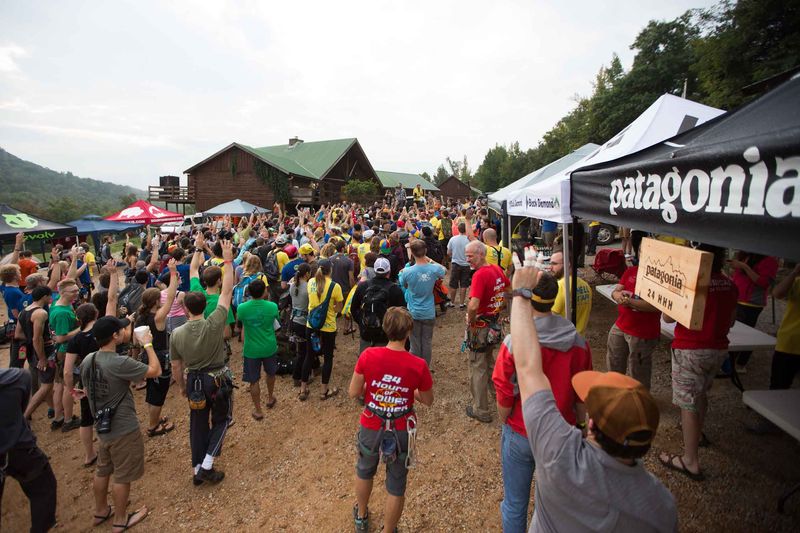
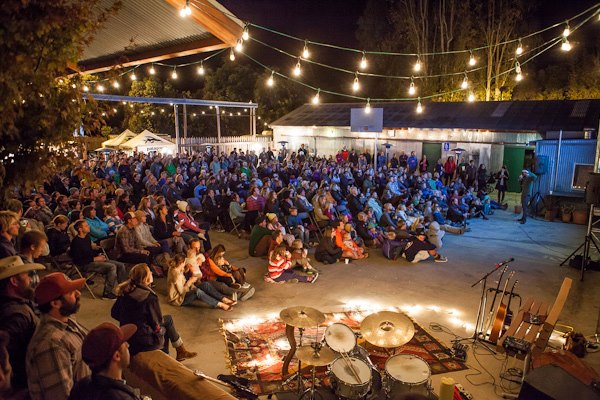
And community engagement does all this while dramatically shrinking our environmental footprint. How cool is that? The very things we need to be doing to build a more sustainable world are the same things that make us happier and healthier and our communities stronger and more vibrant. Things like:
Investing in the commons. Forget the sheep-grazing analogies you may have learned in Economics 101. The commons is simply what we all own together – libraries, parks, community gardens, municipal swimming pools, trout steams, mountains and hiking trails. The more a community invests in its commons, the less likely its individual members will feel the need to build things like huge walled-off back yards that need a lot of watering (and mowing).
Sharing. There’s a sharing boom happening – everything from borrowing power drills from the local tool lending library to car-sharing programs and housing for travelers. Sharing is not only good for the environment, it’s good for our wallets since we don’t have to buy so much stuff, and good for building communities since we have to talk to each other to share.
Nurturing new social or cultural norms. Increasingly people are opting out of the Madison Avenue-perpetuated mantra that more and new is always better. Many invitations to kids’ birthday parties now specify “used gifts only.” The rapper Mackelmore (& Ryan Lewis) scored a hit by celebrating the secondhand aesthetic with “Thriftshop” (warning: explicit lyrics). Patagonia, of course, is promoting its ebay shop [and Worn Wear used-clothing sections in some of their stores] to encourage customers to buy and sell their used gear. These cultural game-changers are important, as studies have found that our shopping and buying habits are heavily influenced by what those around us do.
And changes at the community level can lead to bigger transformations. Dick Fosbury came up with the Flop on his own, shared it with his local community (his teammates at Oregon State University), took it to the Olympics and from there it took over the track and field world. The same scaling up can happen with community-based solutions. In response to their frustration over the failure of national and international leaders to address global warming, in 2006 two small British groups started the Transition Towns movement, supporting community-led responses to climate change while “building resilience and happiness.” Today the Transitions Network includes over 1,100 groups in 43 countries.
As I’ve said many times, community-level solutions aren’t enough. We can’t retreat into our private, sustainable, organic, cruelty-free havens and let everyone else fend for themselves. But they’re a great place to start. Making relatively small changes at the community level builds our change-making muscles for bigger challenges. Today a bike rack in front of the library, next year dedicated bike lanes all over town, then on to expanding public transit and halting freeway construction, eventually taking on fossil fuel subsidies.
Next time we’ll talk about practical solutions for making change in our communities, with ideas on how to get started. Meanwhile, we’d love to hear about how you and others are changing the rules of the game where you live. How is your community creating solutions for a better future?
